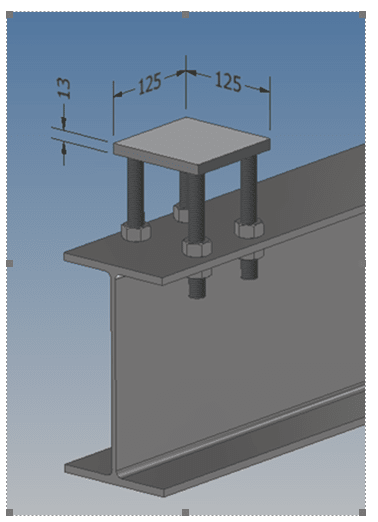With those loads, it's going to get complicated. Neither one creates any significant primary stresses on the bolts until the length (moment arm) gets very long (nearly 80 inches for a 50 ksi yield strength rod). However, the secondary stresses, particularly the moment due to eccentricity (deflection due to lateral load multiplied by the axial force), become substantial. Of course, as BrianE22 mentioned, the rods will be subject to substantial decreases in axial capacity due to the tendency to buckle as the slenderness increases, but the compression stresses due to the axial load are very small, so even with a high slenderness ratio, buckling may not control.
It somewhat more straightforward if you begin by choosing a length, calculating the moment and deflection due to the 3 kN lateral load, and then add the moment due to eccentricity to the primary moment and calculate the stress in the bolts. Compare that to the allowable stress to see where you're at. Then check the reduction in axial capacity due to buckling. I could point you to the buckling capacity equations from the AASHTO bridge design spec, but others can probably point you to sources will be more accessible to you.
The preceding assumes that the plate is held flat (it can move horizontally but not rotate). If it can rotate, nearly everything changes.
Rod Smith, P.E., The artist formerly known as HotRod10

